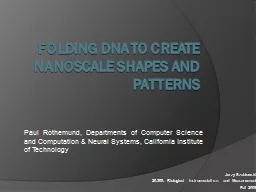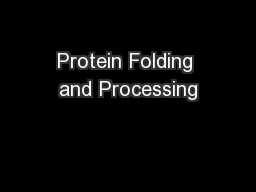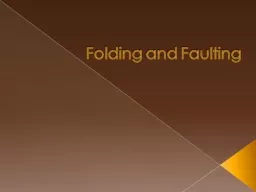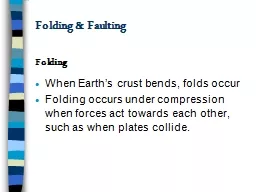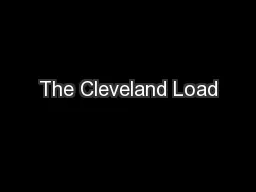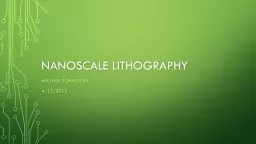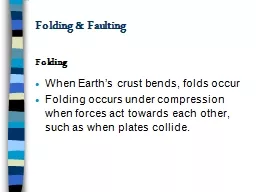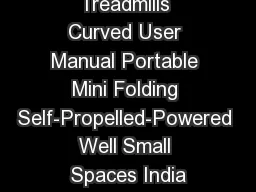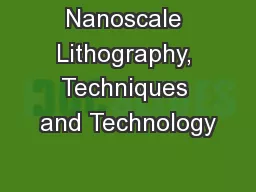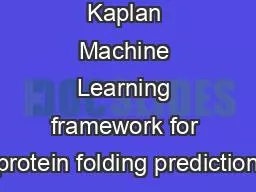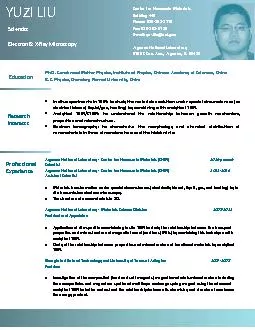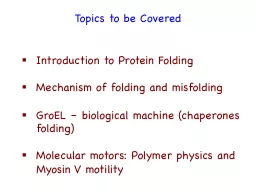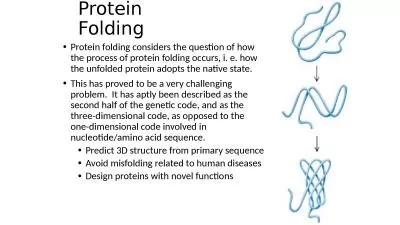PPT-Folding DNA to create nanoscale
Author : kittie-lecroy | Published Date : 2018-10-08
shapes and patterns Paul Rothemund Departments of Computer Science and Computation amp Neural Systems California Institute of Technology Jerzy Szablowski 20309
Presentation Embed Code
Download Presentation
Download Presentation The PPT/PDF document "Folding DNA to create nanoscale" is the property of its rightful owner. Permission is granted to download and print the materials on this website for personal, non-commercial use only, and to display it on your personal computer provided you do not modify the materials and that you retain all copyright notices contained in the materials. By downloading content from our website, you accept the terms of this agreement.
Folding DNA to create nanoscale: Transcript
Download Rules Of Document
"Folding DNA to create nanoscale"The content belongs to its owner. You may download and print it for personal use, without modification, and keep all copyright notices. By downloading, you agree to these terms.
Related Documents

